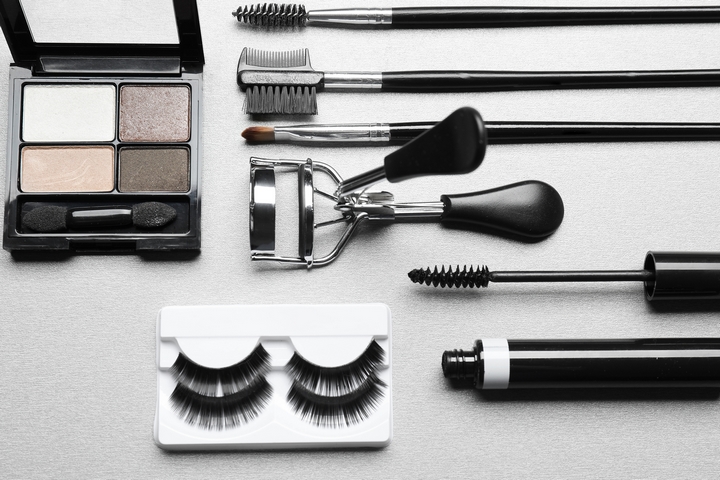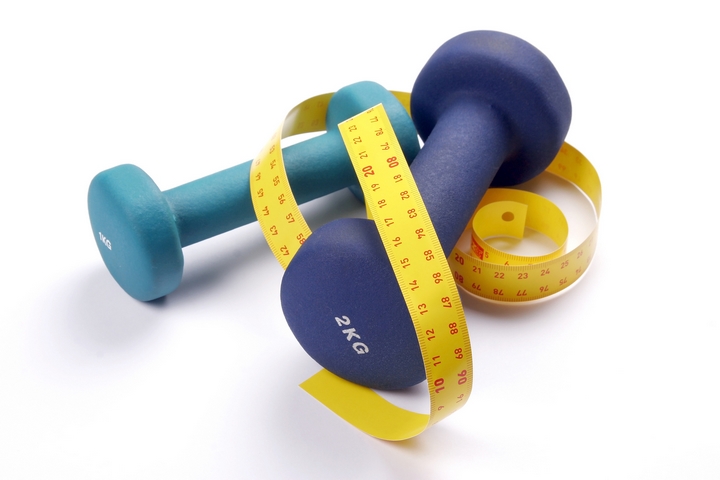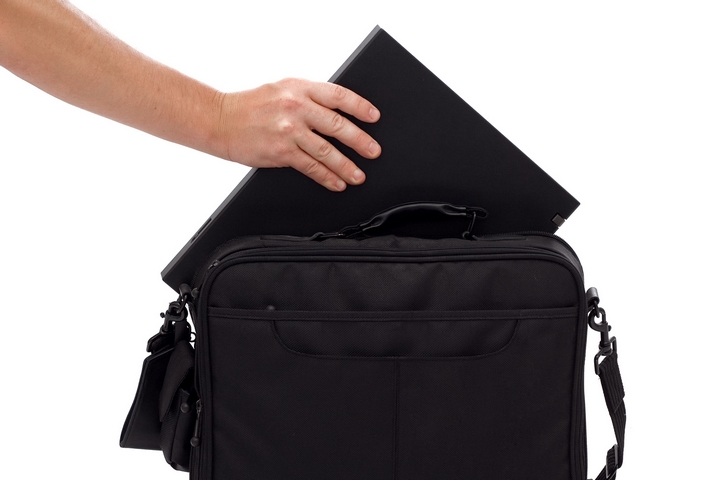
For many homeowners, nothing is scarier than the thought of someone breaking into your home. After all, your house is where you feel safe and protected. Unfortunately, home invasions are a real risk, regardless of where you live or what type of dwelling you reside in. The good news is you can protect your home, your family, and your possessions from unwanted intruders.
To stay ahead of criminals, it pays to hire a locksmith and understand the top four access points they use to get inside your home, so you can better secure them.
1. The Front Door

It might be surprising to hear that most thieves have the confidence and audacity to use the front door to get inside your home, but it’s actually the most frequently accessed entry point in break-ins. They use many different techniques to get inside your front door, from finding your not-so-well-hidden spare key under the matt to kicking down the door or removing it at its hinges.
That’s why it’s so important to have an adequate security system at your front door. If your security is lacking, consider upgrading your door lock to a deadbolt, installing a strike plate to prevent the door from being kicked in, and investing in security cameras. Also just as importantly, ensure every member of your family locks the door on the way out. It may also be a good idea to keep the doors locked when you’re at home. A surprising number of burglars simply walk into an unlocked front door.
You wouldn’t think that most burglars would have the audacity to basically stroll through the front door of someone’s home, but actually, the front door is the most frequently accessed entry point in burglaries. Whether it’s by finding the ‘secret’ spare key hidden under the welcome mat, removing the door by its hinges, or forcibly kicking the door down, burglars can gain access to your home through your front door if your security system is lacking.
2. The Back Door

Back doors, or sliding glass doors, are especially attractive entrances for thieves looking to avoid unwanted attention. They’re also less likely to be locked. While you may lock your front door every time you leave the house, you may forget to lock your sliding glass door that attaches to your deck or porch after letting the dog out. Whether because they’re seldomly used or because you’re in and out of these alternative doors often, you might not think about locking them as diligently as the front door. And burglars can and do take advantage of this fact.
Just like the front door, your back door or side doors should be equipped with durable locks and strike plates. Sliding glass doors should be upgraded to stronger locks, since the standard latch locks they come with leave you vulnerable. And, of course, always ensure you check these doors to ensure they’re locked when you leave the home or go to bed.
3. The Garage

Unfortunately, living in a home that has an attached garage leads to a higher risk of a break-in. This is especially true if you use the garage as your main entrance to the home. Because you’re in and out often, you may leave it unlocked purely out of convenience.
Consider upgrading to a higher-grade lock for your garage door. Keep the garage door closed at all times, and don’t leave your garage door opener in your car.
4. Windows

You may be diligent about locking your doors, but are you just as careful when it comes to your first-floor and second-floor windows? In most homes, windows are the weakest point. If every door is locked, burglars will typically try every accessible window to try to find an easy way in. To prevent access to your home through windows, ensure they’re closed and locked when you’re not home, and consider replacing your window latches with high-security locks, so they can’t be pried open.












